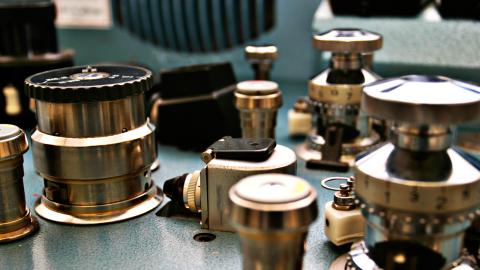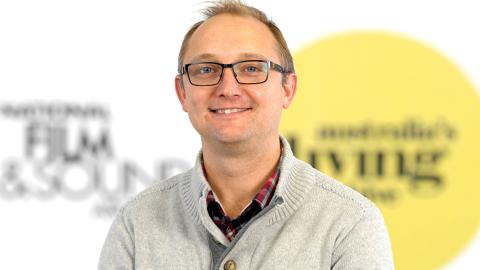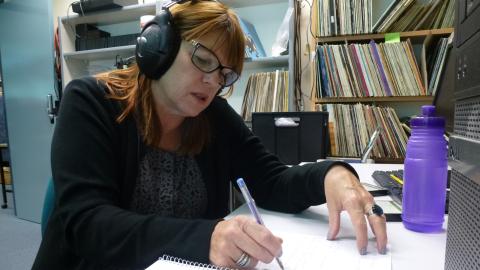
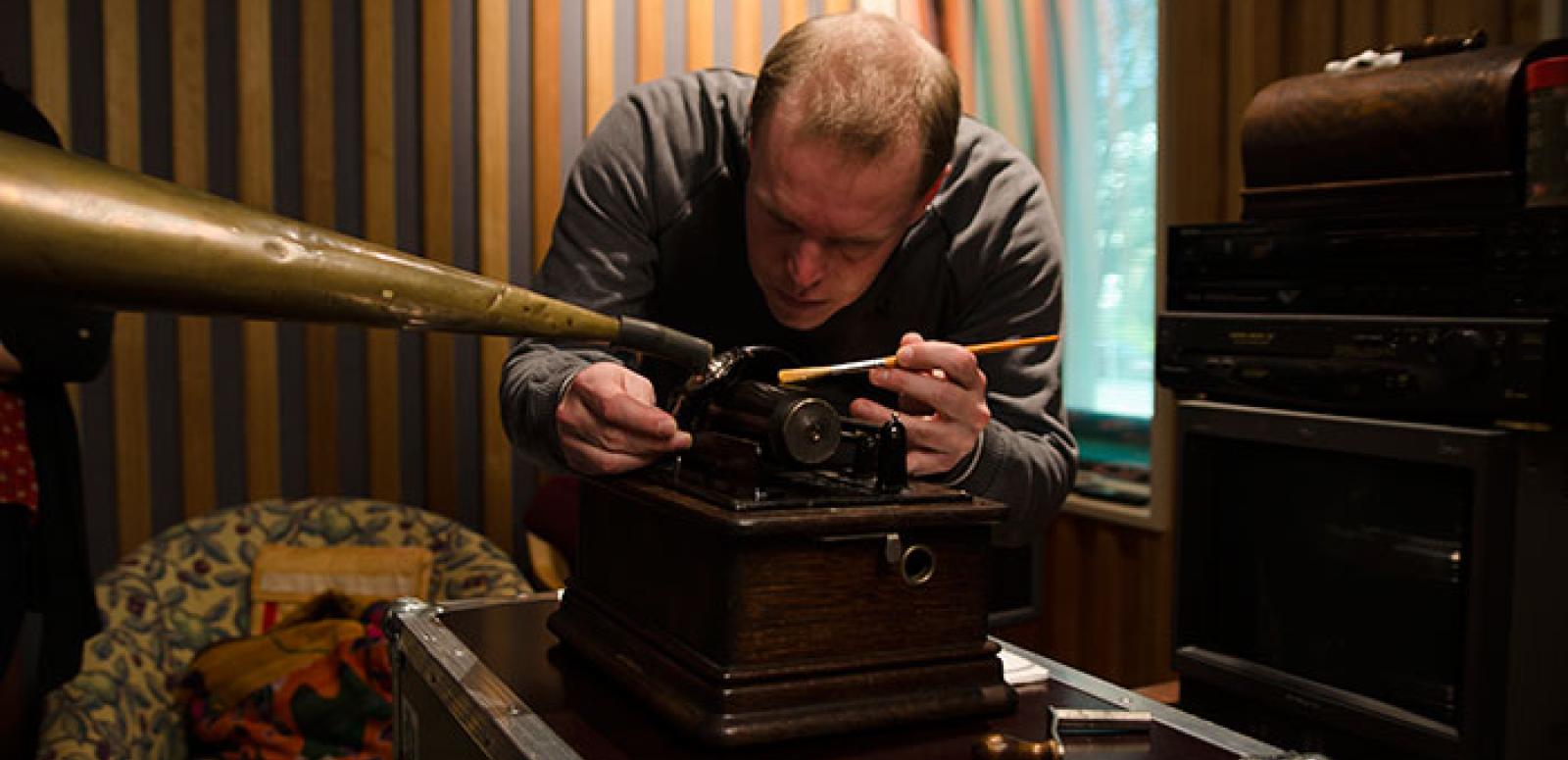
Gerry O'Neill
Staff Profile: Gerry O'Neill
When it comes to working with old recording technologies such as wax cylinders (made popular by Edison in the 1890s) or magnetic wire recorders (invented by Valdemar Poulsen in 1898), Senior Disc Preservationist Gerry O’Neill is in his element. It’s also not unusual to find him working with vinyl records and sound recordings on lacquer, glass, metal and cardboard. It’s remarkable to watch him drop the needle onto a rare wax cylinder recording of ‘Skylark Skylark’ from 113 years ago and hear light baritone singer Hamilton Hill’s voice emerge from across the expanse of time.
Gerry digitising the wax cylinder recording of ‘Skylark Skylark’ by Hamilton Hill, 1903.
NFSA title: 1341651
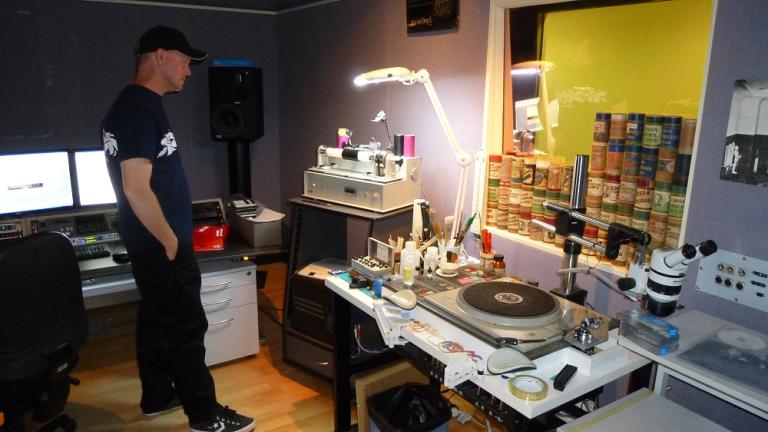
NFSA staff digitising Hamilton Hill's wax cylinder recording of the song, 'Skylark Skylark'
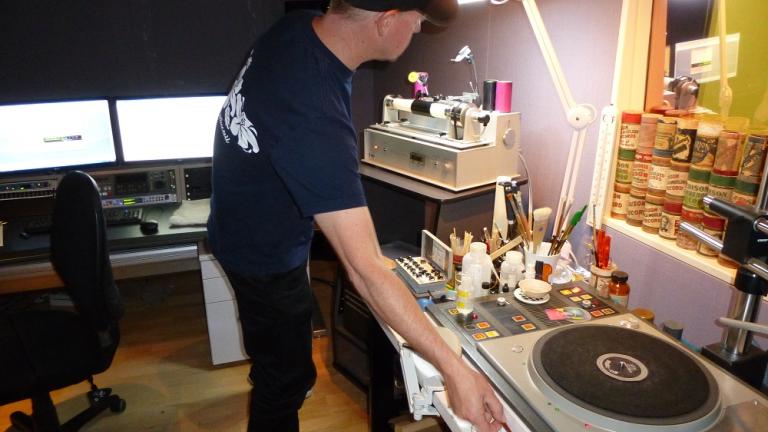
NFSA staff digitising Hamilton Hill's wax cylinder recording of the song, 'Skylark Skylark'
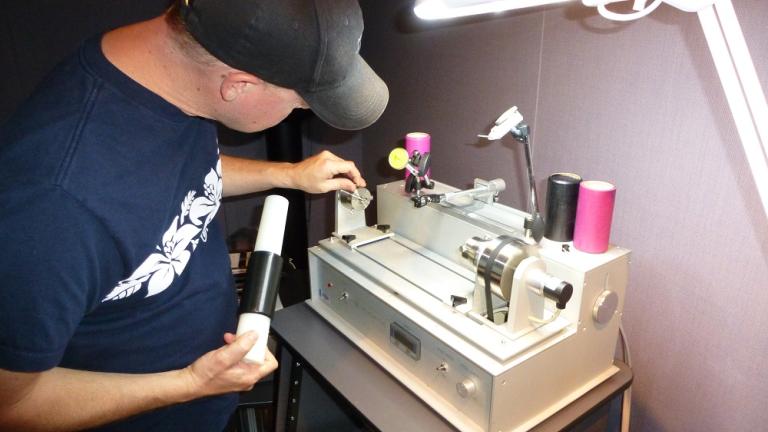
NFSA staff digitising Hamilton Hill's wax cylinder recording of the song, 'Skylark Skylark'
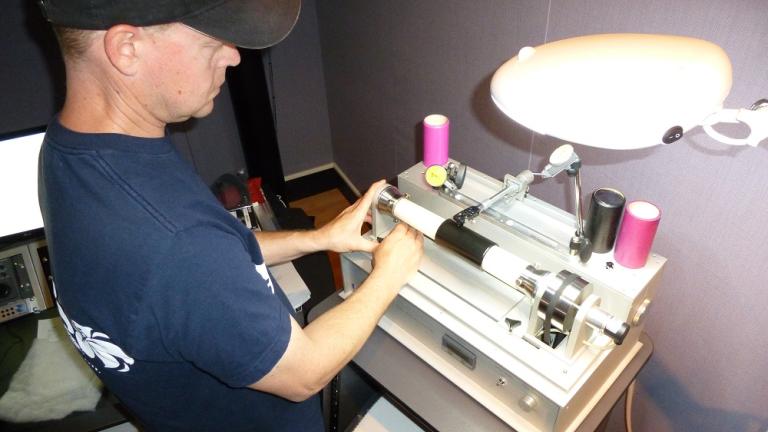
NFSA staff digitising Hamilton Hill's wax cylinder recording of the song, 'Skylark Skylark'
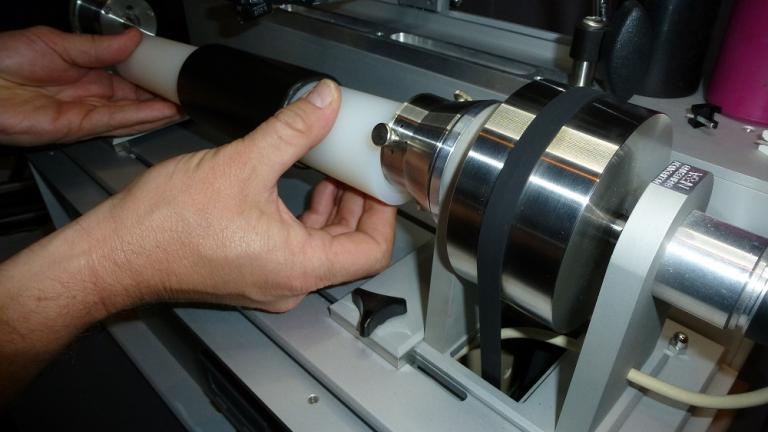
NFSA staff digitising Hamilton Hill's wax cylinder recording of the song, 'Skylark Skylark'
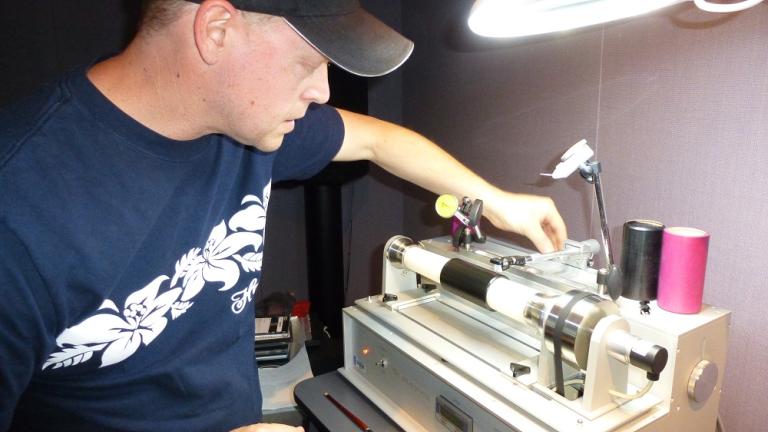
NFSA staff digitising Hamilton Hill's wax cylinder recording of the song, 'Skylark Skylark'
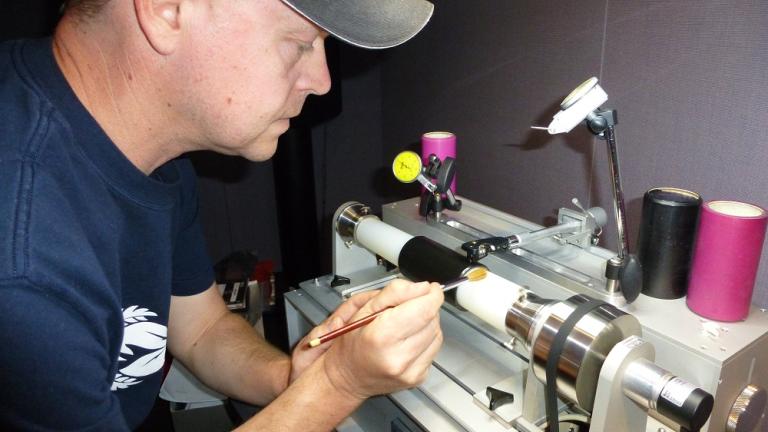
NFSA staff digitising Hamilton Hill's wax cylinder recording of the song, 'Skylark Skylark'
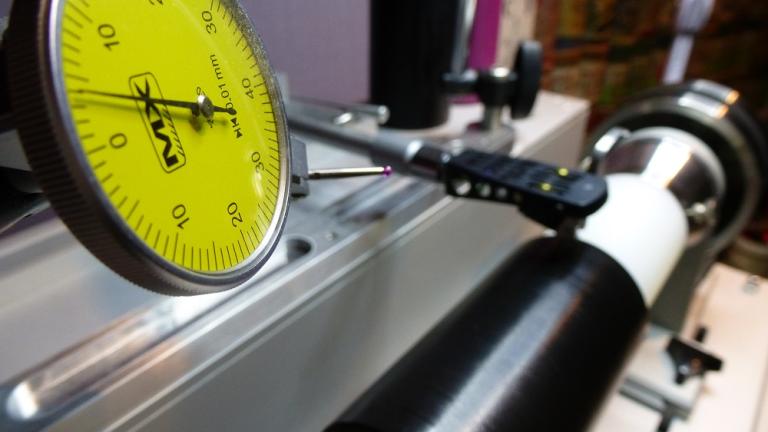
NFSA staff digitising Hamilton Hill's wax cylinder recording of the song, 'Skylark Skylark'
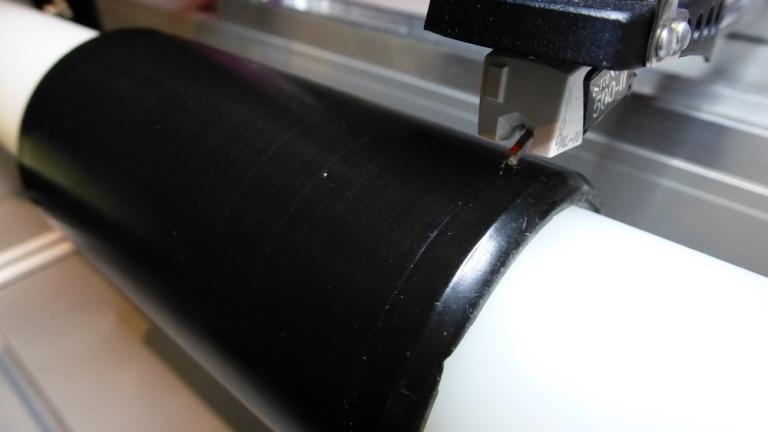
NFSA staff digitising Hamilton Hill's wax cylinder recording of the song, 'Skylark Skylark'
What did you do before coming to the NFSA?
Gerry O’Neill: I was born and raised in Canberra and studied audio engineering at the Canberra Institute of Technology and the National Recording Studios located in Griffith. While I was studying I worked at Artsound FM in 2000-01. I’d record live bands at the Merry Muse Folk Club, which in those days was located at the O’Connor Bowls Club, and then would go back to Artsound and prepare the performance for broadcast. For extra cash I was a cleaner at the National Zoo and Aquarium’s main building. It’s a spooky place after dark!
I then spent several years backpacking in Ireland and the UK, working various jobs such as at a call centre, doing the night shift on the phones. I was also an after-hours press secretary for the Mayor of London, Ken Livingstone at the time. I used to get random calls from the public enquiring on everything from, ‘Can I fix the bus timetable to be more suitable for individuals?’, to ‘Can I help stop immigration into the UK?’. I once had a phone stalker that I had to get barred because he liked the sound of my voice and would often ask me what I was wearing.
When I returned to Australia I got a job at the NFSA working for the National Film and Video Lending Service. I then moved to audio services in 2010 as an understudy to the Senior Disc Preservationist at the time. Coming to the NFSA was a stroke of luck really. My hobby was collecting and listening to vinyl records and it has now become my job.
What’s in your vinyl collection?
My collection is quite large, consisting of about 1400 records. Eighty per cent would be underground extreme heavy metal (death, black, thrash, doom) and the rest would be classics such as The Beatles, Jimi Hendrix, Led Zeppelin, Hawkwind and so on. My rarest and most precious record is a live album by the heavy metal band Mercyful Fate; it cost me quite a lot of money to purchase and it still fills me with joy to look at and listen to.
What do you do outside of work?

I play guitar, listen to records and play with my kids. Basically I’m a struggling musician in a band with limited public appeal. My band’s name is The Bladder Spasms. It’s Canberra’s oldest punk band and has been in existence since 1980, though I am not an original member as I joined back in 2010.
We have done many memorable gigs such as playing in old Geelong Gaol, Valve bar in Sydney, biker bars in Wollongong and a short tour of some Adelaide venues. We don’t get paid but we do a lot of support gigs for known international punk bands such as UK Subs, The Vibrators, D.O.A., The Defects and many more.
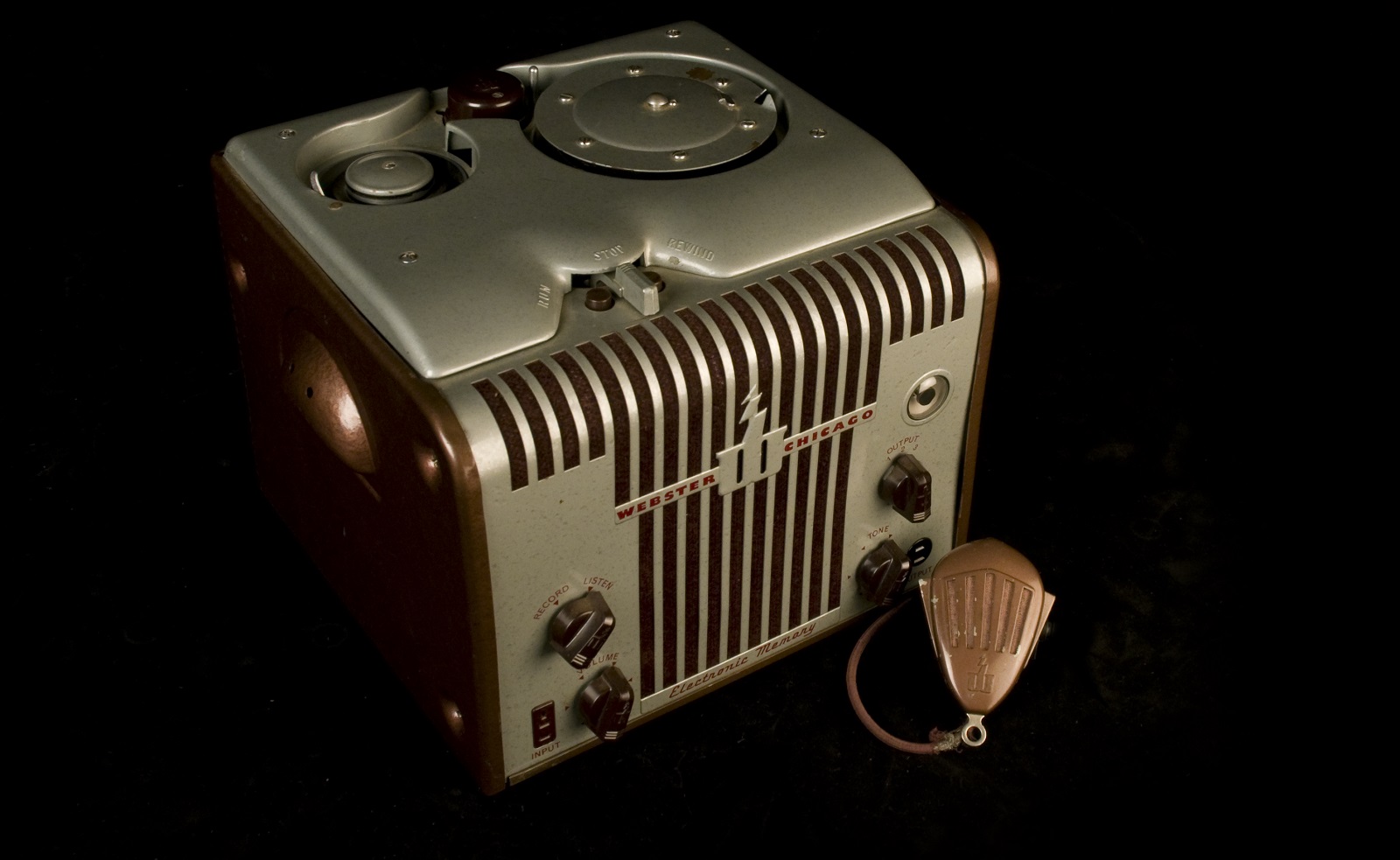
Tell us about your current work at the NFSA.
As a Disc Preservationist I get to digitise all of the oldest known audio recordings in a wide variety of formats. It’s amazing the number of ways that people have recorded sound, going back to the 19th century.
I need to have a thorough understanding of each of these technologies. I need to know the principles of audio and signal flow and have experience with analogue machines such as turntables, phonographs or wire recorders.
Is it a challenge to retrieve the recorded sound from older collection items?
Often. Some model-making skill comes in handy when performing restoration on broken items such as discs and cylinders because there are times where I need to jigsaw pieces of lacquer or wax back together.
Untangling wire snarls is the biggest challenge, which is essentially trying to untangle a bird’s nest of wire. Also, getting a stylus to track on crazed lacquer discs – where I have to hold the stylus in place and manually get it to track by going groove by groove – is very time consuming. You need a steady hand and lots of patience.
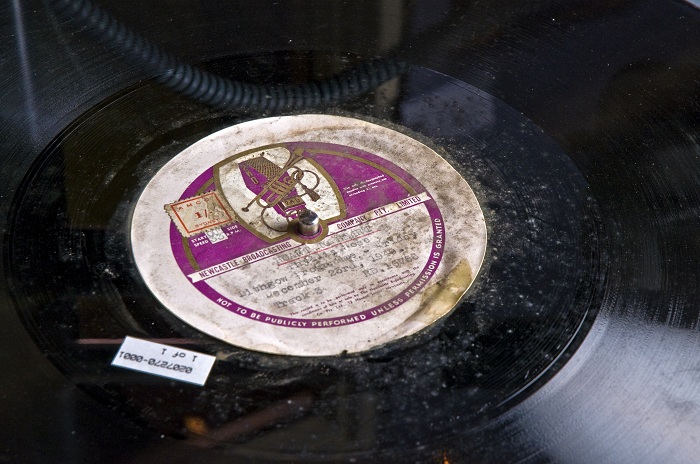
Is all that hard work rewarding?
It’s a great feeling when you successfully extract audio from something that is virtually destroyed and you’re able to digitally preserve a recording that would otherwise be lost forever. It may be the only copy in existence!
What I also get to do is record modern popular artists using obsolete technology. I’ve recorded musicians such as Gotye (with his bandmates from The Basics), Stiff Gins and Keith Potger (one of the original members of The Seekers) using a 1908 phonograph onto a wax cylinder.
The end result is more about the experience and process rather than the quality of the recording itself but the artists themselves loved it!
Gerry recording The Basics, Stiff Gins and Keith Potger on to wax cylinders.
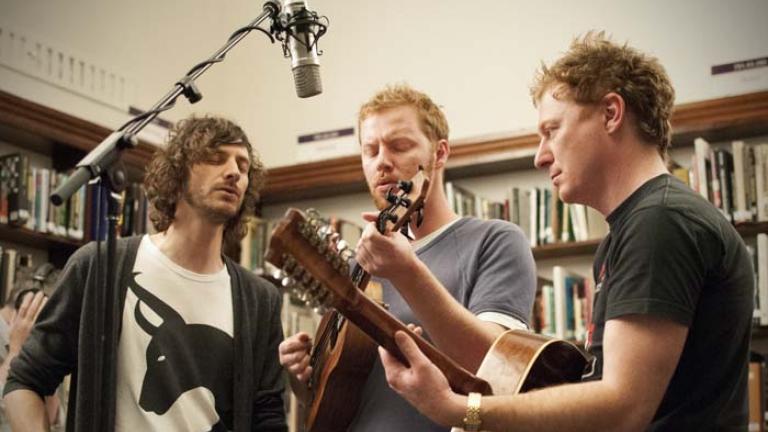
The Basics (Wally De Backer, Kris Schroeder, Tim Heath) performing 'I Don't Need Another'.
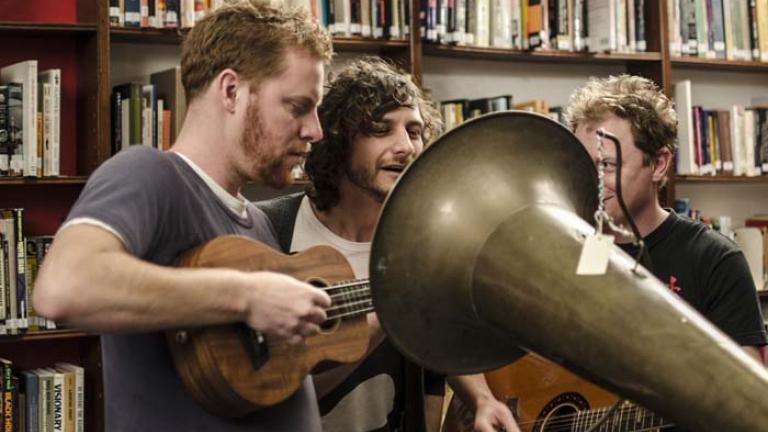
The Basics (Wally De Backer, Kris Schroeder, Tim Heath) performing 'I Don't Need Another'.
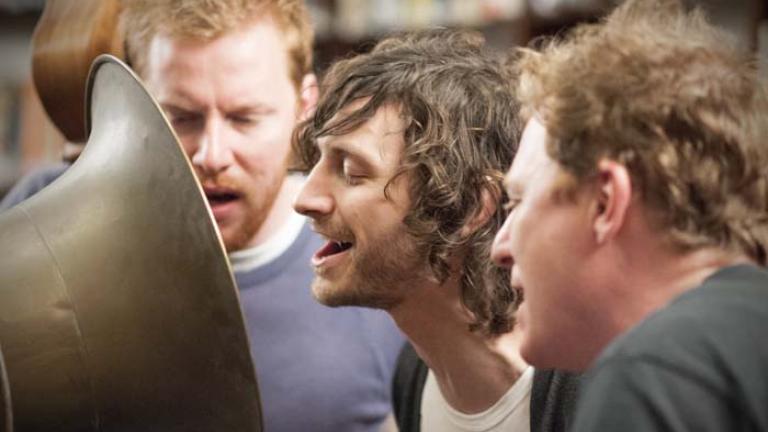
The Basics (Wally De Backer, Kris Schroeder, Tim Heath) performing 'I Don't Need Another'.
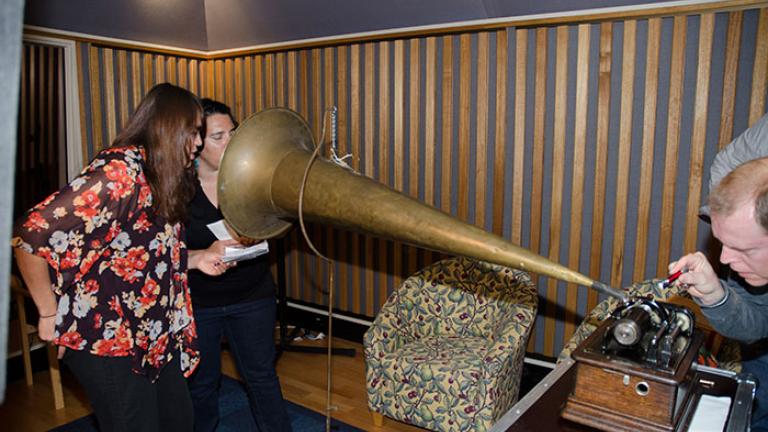
Stiff Gins recording into the horn of an Edison Standard D model phonograph.
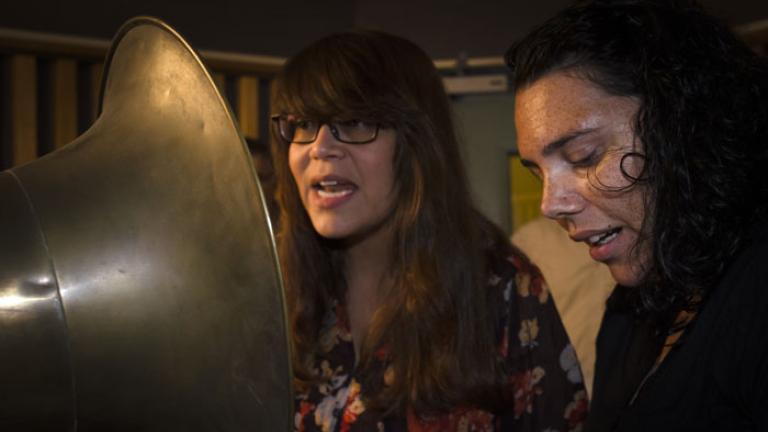
Stiff Gins (Kaleena Briggs and Nardi Simpson) recording 'Dust' at the NFSA, 4 September 2013.
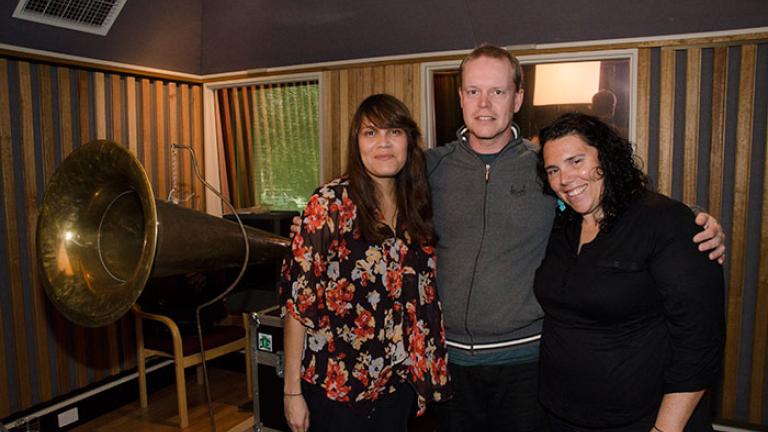
Gerry O'Neill with the Stiff Gins (Kaleena Briggs and Nardi Simpson)
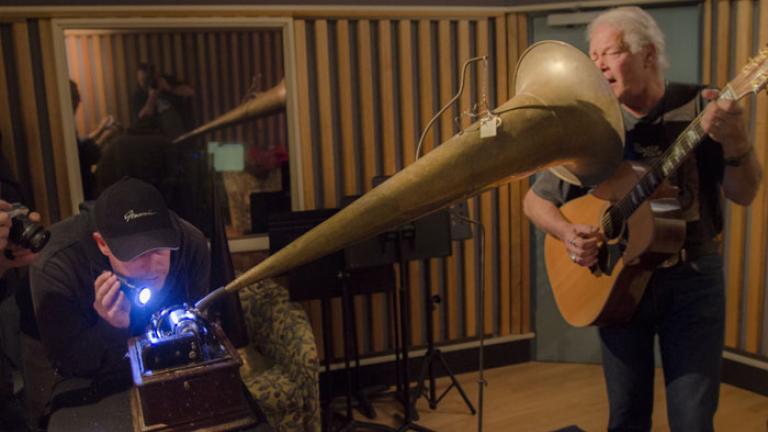
Keith Potger recording 'Guardian Angel, Guiding Light’ at the NFSA, 17 September 2013.
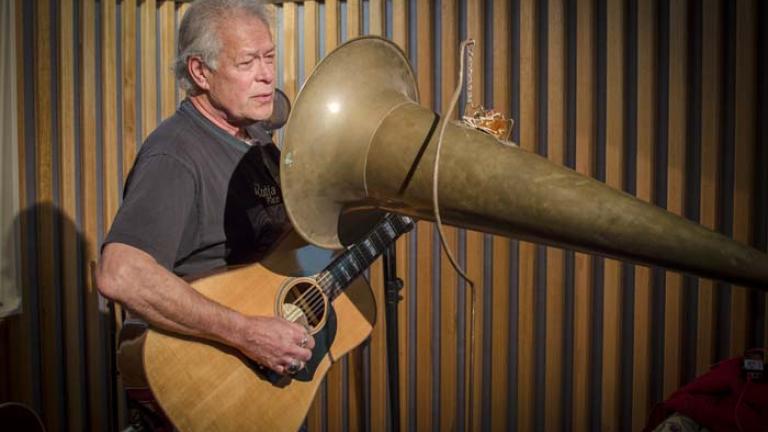
Keith Potger recording 'Guardian Angel, Guiding Light’ at the NFSA, 17 September 2013.
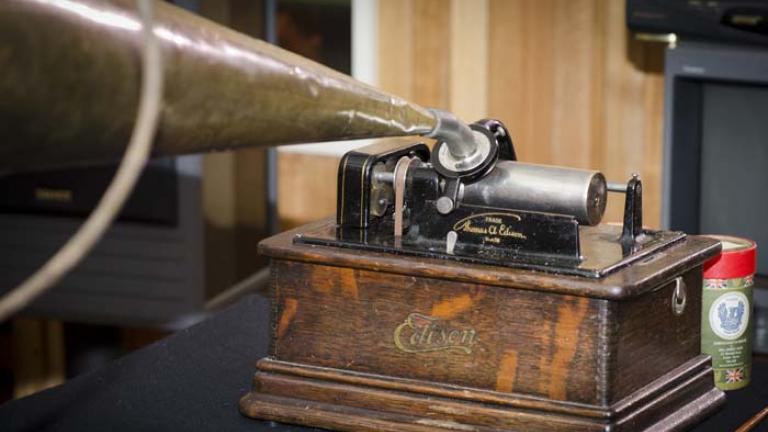
The Edison Standard D model phonograph used to record Keith Potger's wax cylinder.
What’s your favourite item in the NFSA collection?
I discovered an amazing Czechoslovakian film on 16mm called The Fabulous World of Jules Verne (1958), directed by Karel Zeman. The film combines live actors with different forms of animation and looks a bit like the original Jules Verne illustrations. The style and steampunk feel of the film was something I had never seen before and the craftsmanship that went into hand-painting every frame of the film makes for the most amazing contrast of images. This film is only found in the NFSA Screening Loans Collection.
I also love my EMT record player and my Pyrox wire recorder.
The National Film and Sound Archive of Australia acknowledges Australia’s Aboriginal and Torres Strait Islander peoples as the Traditional Custodians of the land on which we work and live and gives respect to their Elders both past and present.
